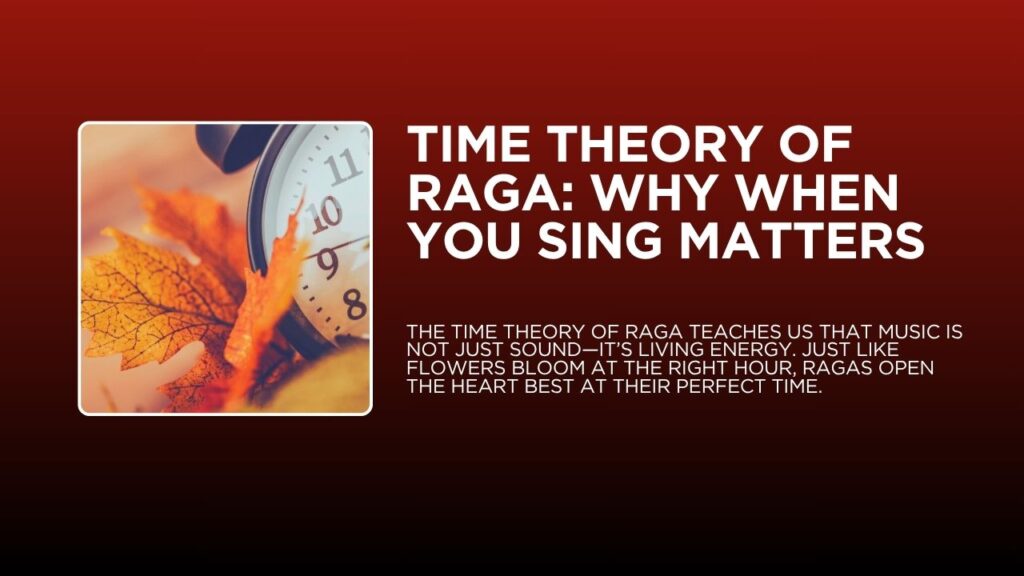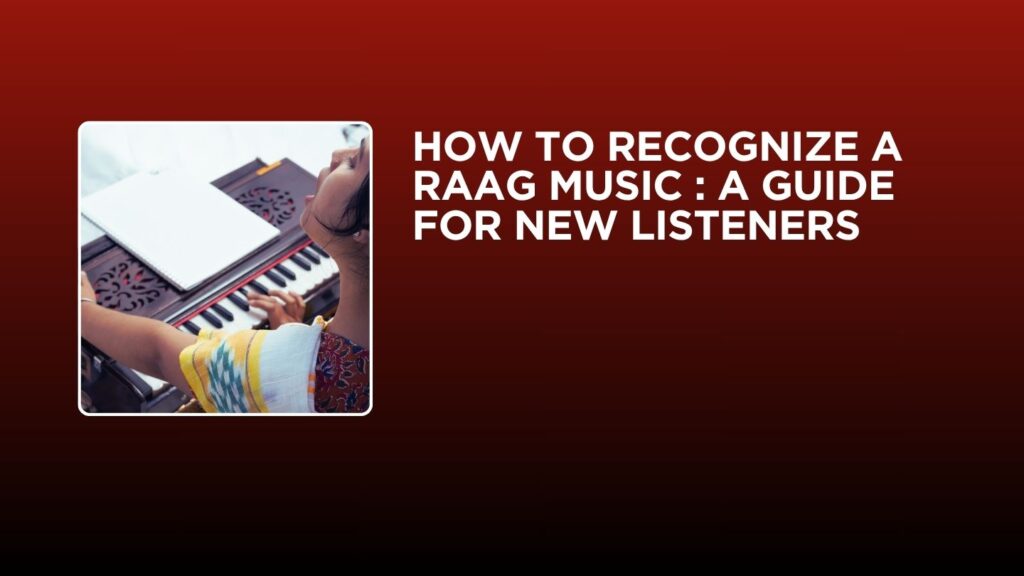Indian classical music is a beautiful world of melody, emotion, and deep science. One of its most unique and powerful ideas is the Time Theory of Raga — the belief that every raag (or raga) is connected to a special time of the day. This idea is not only musical, it’s also spiritual and scientific.
In this blog by Manasukh Dhvani, a leading Indian classical music school in Nepal, we’ll help you understand what this means — in the simplest way possible, so even a child can enjoy the magic of raag and time.
What is the Time Theory of Raga?
The Time Theory of Raag is the idea that every raag is most powerful when sung at a certain time of day or night. For example, some ragas sound best in the morning, while others bloom in the evening or late at night. It’s just like how some flowers bloom in sunlight and some under the moon!
In Indian classical music, this isn’t just a feeling—it’s a tradition that has been followed for hundreds of years. It’s believed that when you sing a raag at the right time, it matches the natural energy of the universe, making the raag more beautiful and healing.
Why Do Ragas Have a Time?
1. Nature’s Rhythm and Human Emotions
Just like the sun rises and sets, our body and mind also go through changes during the day. We feel fresh in the morning, sleepy at night, and maybe a little lazy in the afternoon! Indian music connects these moods and energies with ragas.
So, a raag like Bhairav, which feels serious and calm, is perfect for early morning. A raag like Yaman, which feels peaceful and romantic, fits the evening.
2. Raagas Have Moods
Each raga has a mood. Some feel happy, some feel deep, and some feel like prayer. That mood connects best with the natural feeling of a certain time. This is why when you sing matters in Indian classical music!
Ragas for Each Time of Day
Here’s a simple chart showing which raag fits which time:
| Raag Name | Best Time to Sing | Mood |
| Raag Bhairav | Early Morning (sunrise) | Serious, meditative |
| Raag Bhairavi | Morning or End of Concert | Devotional, peaceful |
| Raag Bhupali | Evening (after sunset) | Joyful, uplifting |
| Raag Yaman | Early Night (6–9 PM) | Romantic, serene |
| Raag Bihag | Late Night (9 PM–midnight) | Sweet, elegant |
| Raag Bhimpalasi | Afternoon (1–3 PM) | Pensive, longing |
How Time and Raga Affect the Mind
Scientists say our body follows a natural clock called the circadian rhythm. Our mood, sleep, focus—all change with time. Indian music uses this knowledge in an artistic way!
When we sing or listen to the correct raag at the correct time, it can:
- Calm the mind (like Bhairav in the morning)
- Bring joy (like Bhupali in the evening)
- Help focus (like Bhimpalasi in the afternoon)
- Encourage deep sleep (like Bihag at night)
This is why classical music is often used in mental wellness and raga healing therapy.
How We Teach the Time Theory at Manasukh Dhvani
At Manasukh Dhvani, your Indian classical music school in Patan, we don’t just teach ragas—we live them with time. In our Dhrupad and Khayal training, we guide students to:
- Practice each raga at its proper time
- Feel the mood of the raga, not just learn notes
- Align breath, voice, and raag for inner peace
- Use ragas as a part of mental healing and daily discipline
Whether it’s early morning riyaaz or evening ragas for reflection, our students experience why time truly matters in music.
FAQs on Raga Time Theory (Based on Real Searches!)
What is the singing time of Raag Bhairavi?
Raag Bhairavi is most often sung in the early morning or at the end of a concert. It has a devotional and calming feel, perfect for peaceful closure.
What is the singing time of Raag Bhairav?
Raag Bhairav is an early morning raag, best sung during sunrise. It brings a feeling of stillness and spiritual depth.
Which raag is for which time?
Every raag has a time of day. For example, Bhairav is for morning, Yaman for evening, and Bihag for night. Check our table above for details!
What is the singing time of Raag Bhupali?
Raag Bhupali is sung in the early evening, just after sunset. It’s joyful, light, and uplifting.
What is the singing time of Raag Yaman?
Raag Yaman is an evening raag, usually performed between 6 PM to 9 PM. It brings peace and elegance to the listener.
What is the singing time of Raag Bhimpalasi?
Raag Bhimpalasi is for the afternoon, usually around 1 PM to 3 PM. It feels emotional and slightly introspective.
What is the singing time of Raag Bihag?
Raag Bihag is a nighttime raag, best sung between 9 PM to midnight. It feels graceful and romantic.
Final Thoughts: Why Time + Raag = Magic
The Time Theory of Raga teaches us that music is not just sound—it’s living energy. Just like flowers bloom at the right hour, ragas open the heart best at their perfect time.
At Manasukh Dhvani, we honour this ancient wisdom while guiding students into a deep, joyful connection with classical music. Whether you are a beginner or a lifelong rasika, learning the right raag at the right time can change how you feel, think, and live.
Want to experience the magic of time-based ragas in person?
Join a course or visit us in Patan for a raag healing session designed just for you.


